 Shutterstock
Shutterstock
Living with a dog in a neighborhood brings certain responsibilities, especially when it comes to fostering positive relationships with neighbors. A well-behaved, friendly dog can truly enhance neighborhood harmony, while an untrained one might unintentionally cause tension. Teaching your dog to be a considerate neighbor means helping them understand boundaries, behave politely around others, and avoid disruptive behaviors. With the right training and guidance, your dog can become the kind of neighbor everyone enjoys seeing, making interactions more pleasant and strengthening the sense of community for everyone involved.
Socialize Early and Often
 Shutterstock
Shutterstock
Socialization is essential for helping your dog understand how to interact appropriately with other people and animals. By introducing your dog to various experiences, sounds, and environments early on, you help them become comfortable and less fearful. Socializing isn’t just about meeting people; it’s about exposing your dog to different situations, from bicycles to other pets. A well-socialized dog is more likely to react calmly to neighborhood noises and other people, making them a better neighbor. Regular socialization ensures they can handle the hustle and bustle of neighborhood life without feeling overwhelmed or anxious.
Teach Basic Commands
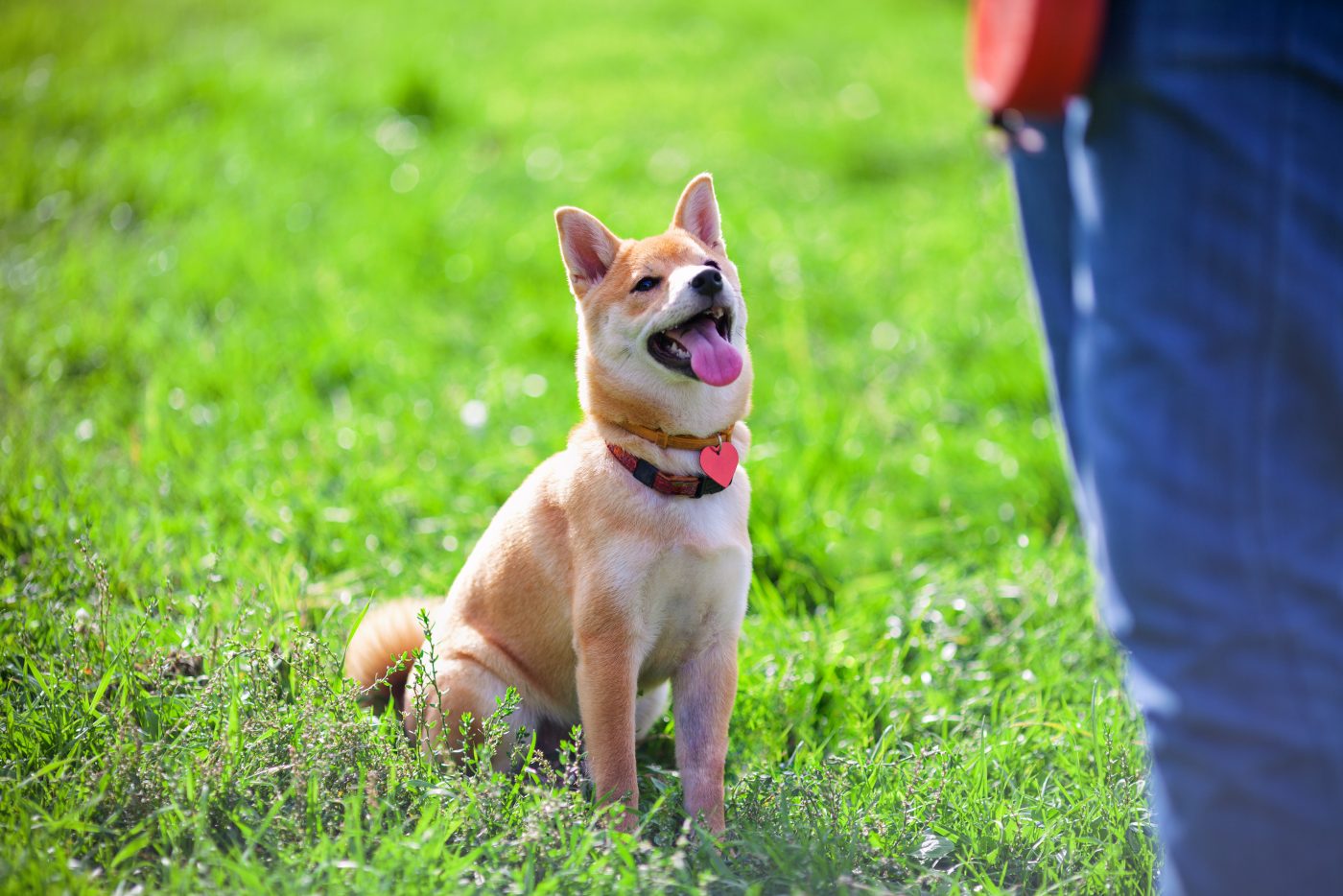 Shutterstock
Shutterstock
Basic commands like “sit,” “stay,” “leave it,” and “come” are essential for managing your dog’s behavior around neighbors. When you can rely on your dog to follow these commands, it becomes easier to prevent them from jumping on strangers, barking excessively, or running into someone else’s yard. Training in a distraction-rich environment, such as a park, can help reinforce these commands when you’re around other people and dogs. This way, your dog learns that they need to listen even when a lot is going on. Mastering basic obedience lays the groundwork for polite, neighborly behavior.
Keep Barking Under Control
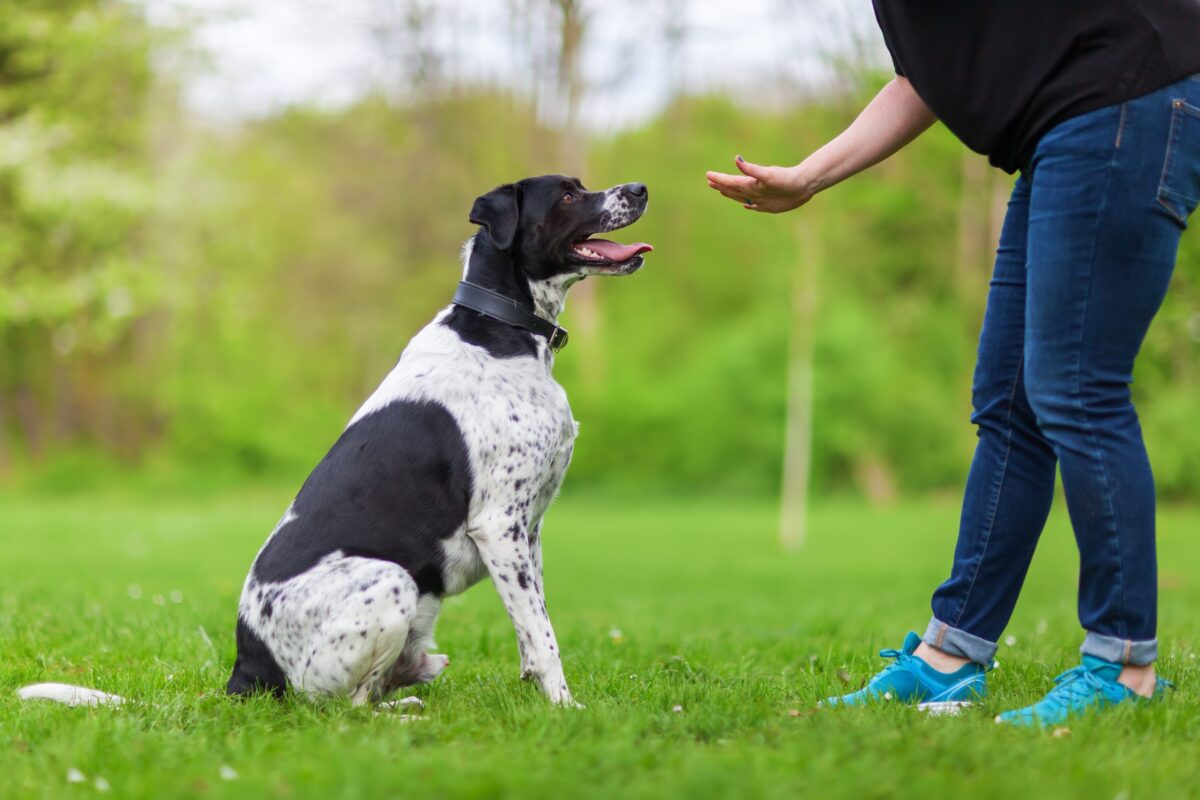 Shutterstock
Shutterstock
Excessive barking can be a source of frustration for neighbors, especially in a close-knit community. While barking is natural, it’s important to train your dog to bark only when appropriate, such as alerting you to an unusual situation. Try to identify the causes of their barking, whether it’s boredom, excitement, or territorial behavior, and address it through redirection or exercise. Teaching your dog the “quiet” command can also help them understand when to stop barking. By keeping barking under control, you create a more peaceful environment for everyone around you, making your dog a better neighbor.
Encourage Calm Greetings
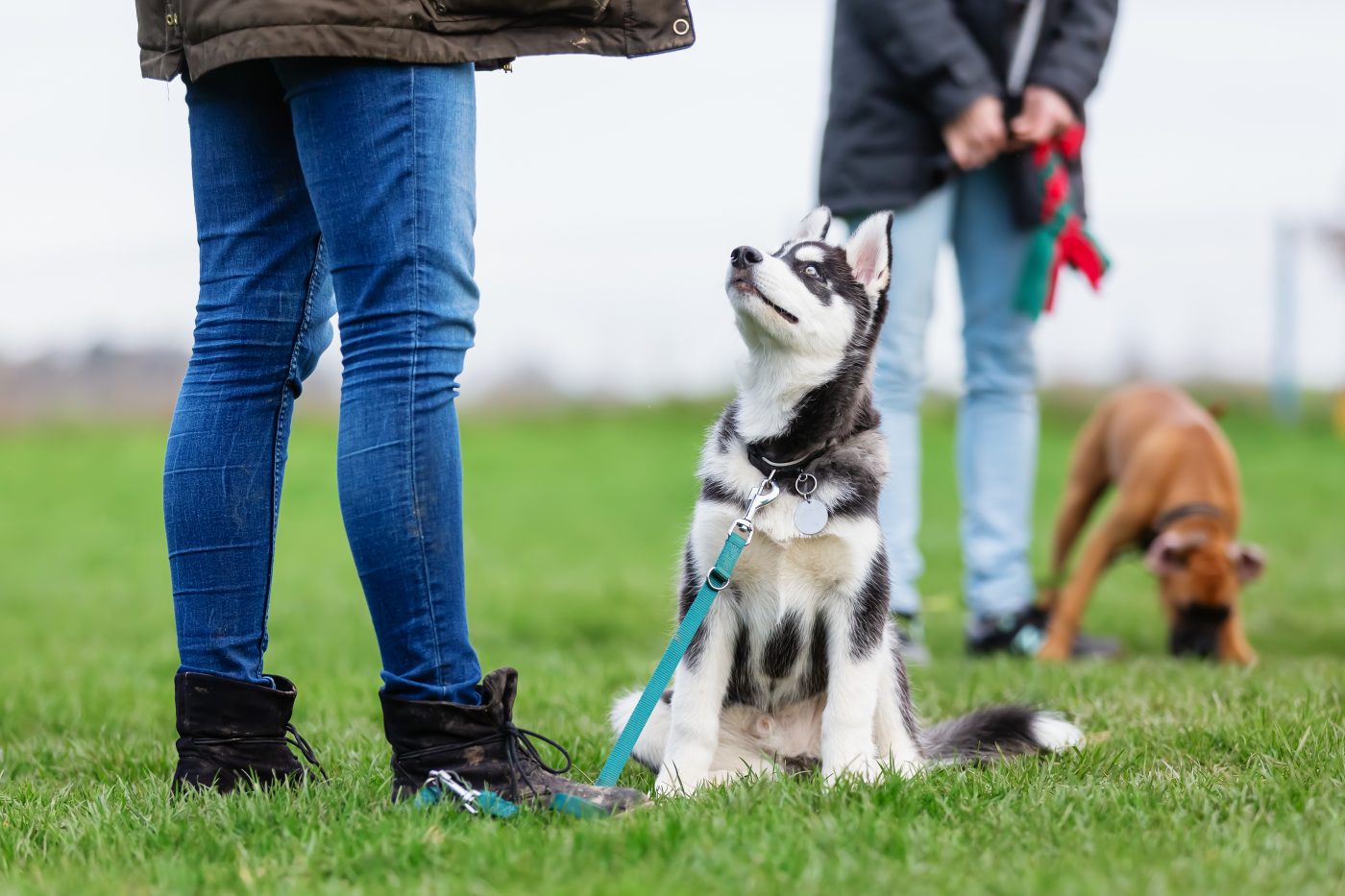 Shutterstock
Shutterstock
Dogs are often eager to greet new people, but jumping up or getting overly excited can be overwhelming for some neighbors. Encourage your dog to greet people calmly by practicing the “sit” command whenever they meet someone new. Reward them for sitting quietly rather than jumping up, reinforcing that calm behavior brings positive attention. Teaching your dog to wait for your signal before approaching someone can also help keep greetings polite and relaxed. By practicing calm greetings, your dog will make a friendly impression on neighbors, showing that they know how to interact respectfully.
Avoid Off-Leash Wanderings
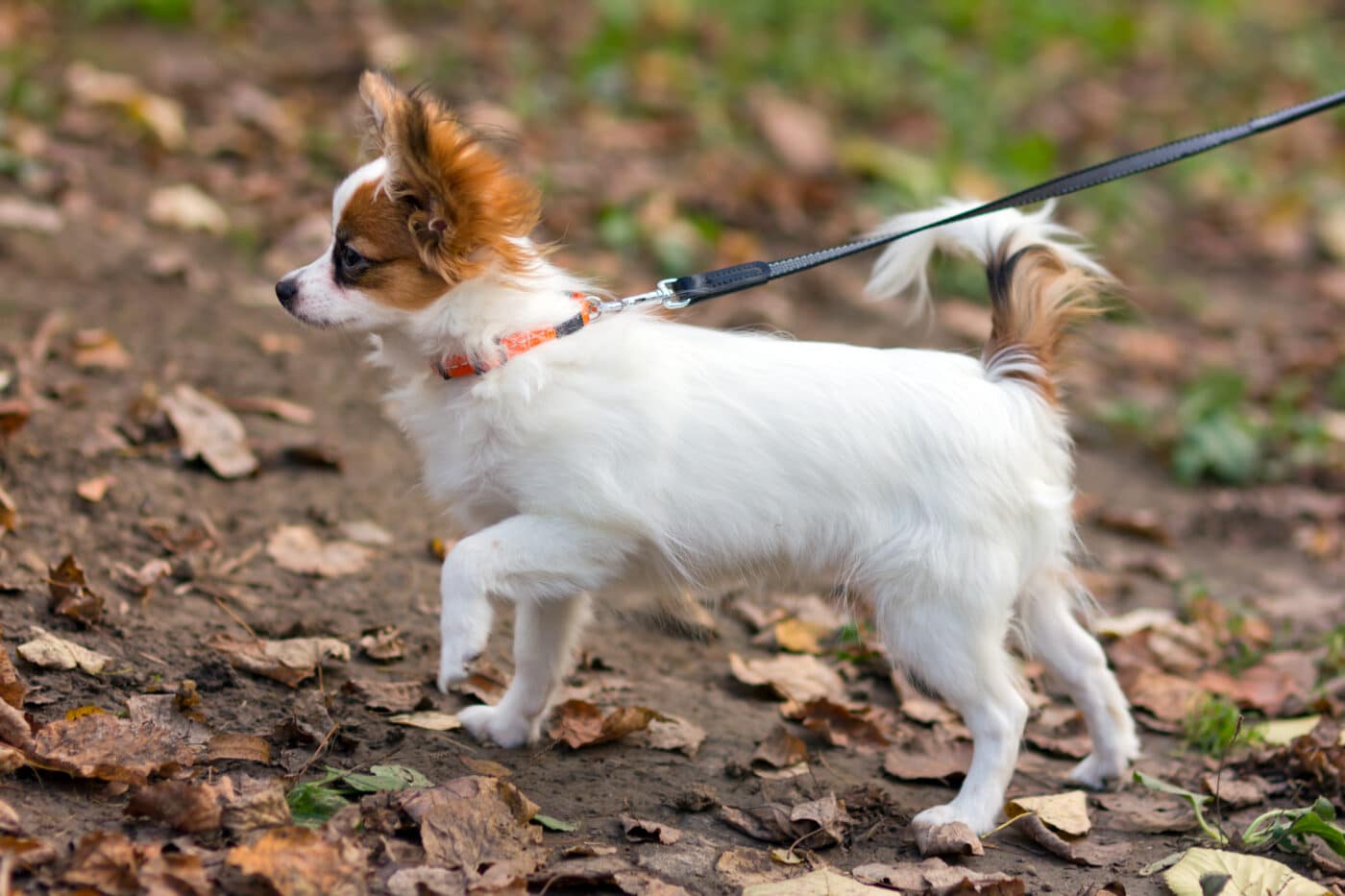 Shutterstock
Shutterstock
Even the friendliest dog can be intimidating or bothersome if they wander into neighbors’ yards uninvited. Keeping your dog on a leash while outside and making sure they stay within your property’s boundaries teaches them respect for others’ space. If your yard isn’t fenced, supervise outdoor time and teach them the “come” command to ensure they return when called. Preventing off-leash wanderings is not only about respect but also about safety, both for your dog and for your neighbors. A dog who stays in their designated area shows that they know the rules of the neighborhood.
Clean Up After Your Dog
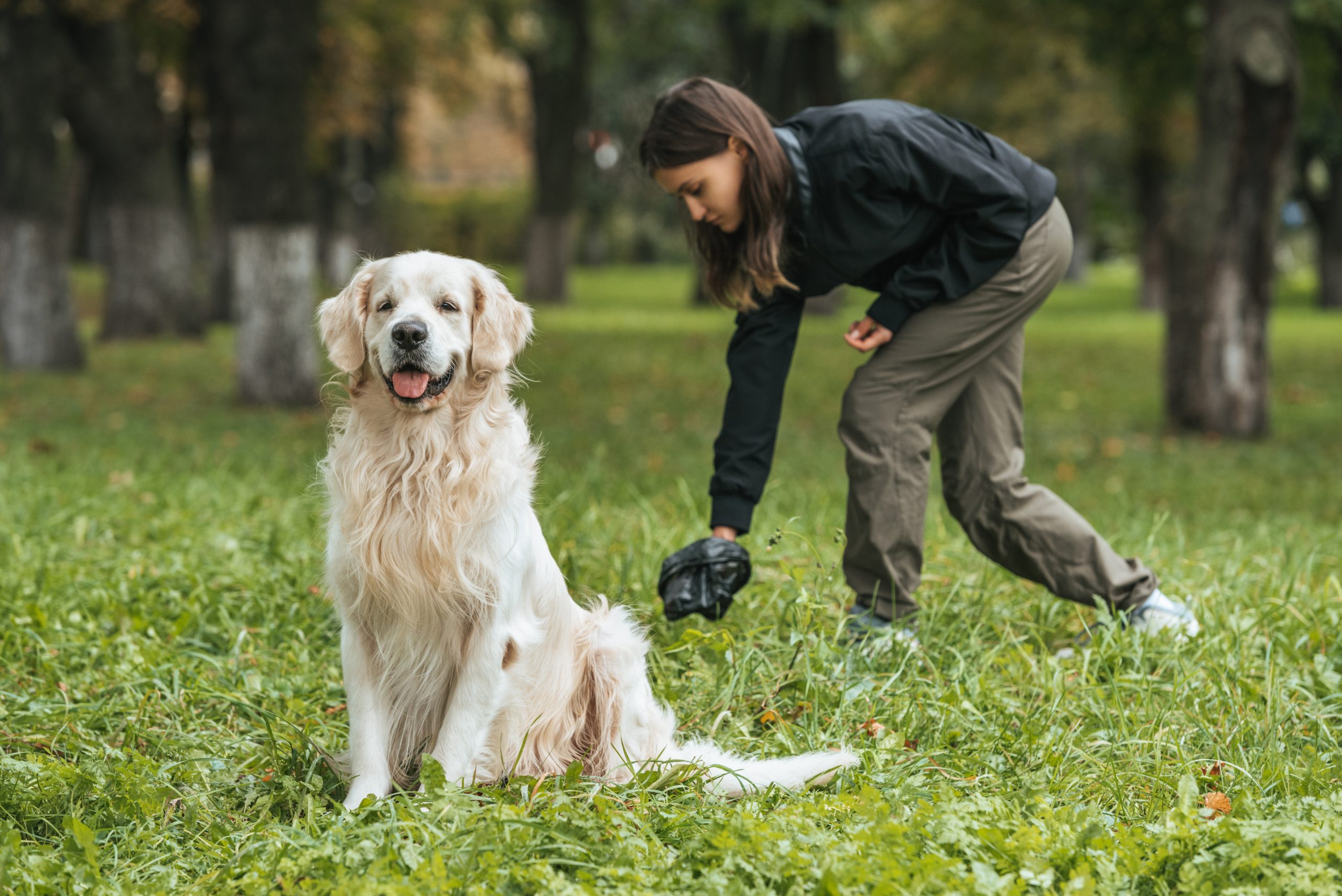 Shutterstock
Shutterstock
Picking up after your dog is one of the simplest ways to show consideration for your neighbors. Carry waste bags on walks and make it a habit to pick up after your dog every time. Leaving messes behind not only creates an eyesore but can also lead to health issues and neighborhood complaints. By cleaning up promptly, you show respect for shared spaces and set a positive example for other pet owners. Maintaining cleanliness in the neighborhood is a small but meaningful way to contribute to a friendly, welcoming environment for everyone.
Respect Quiet Hours
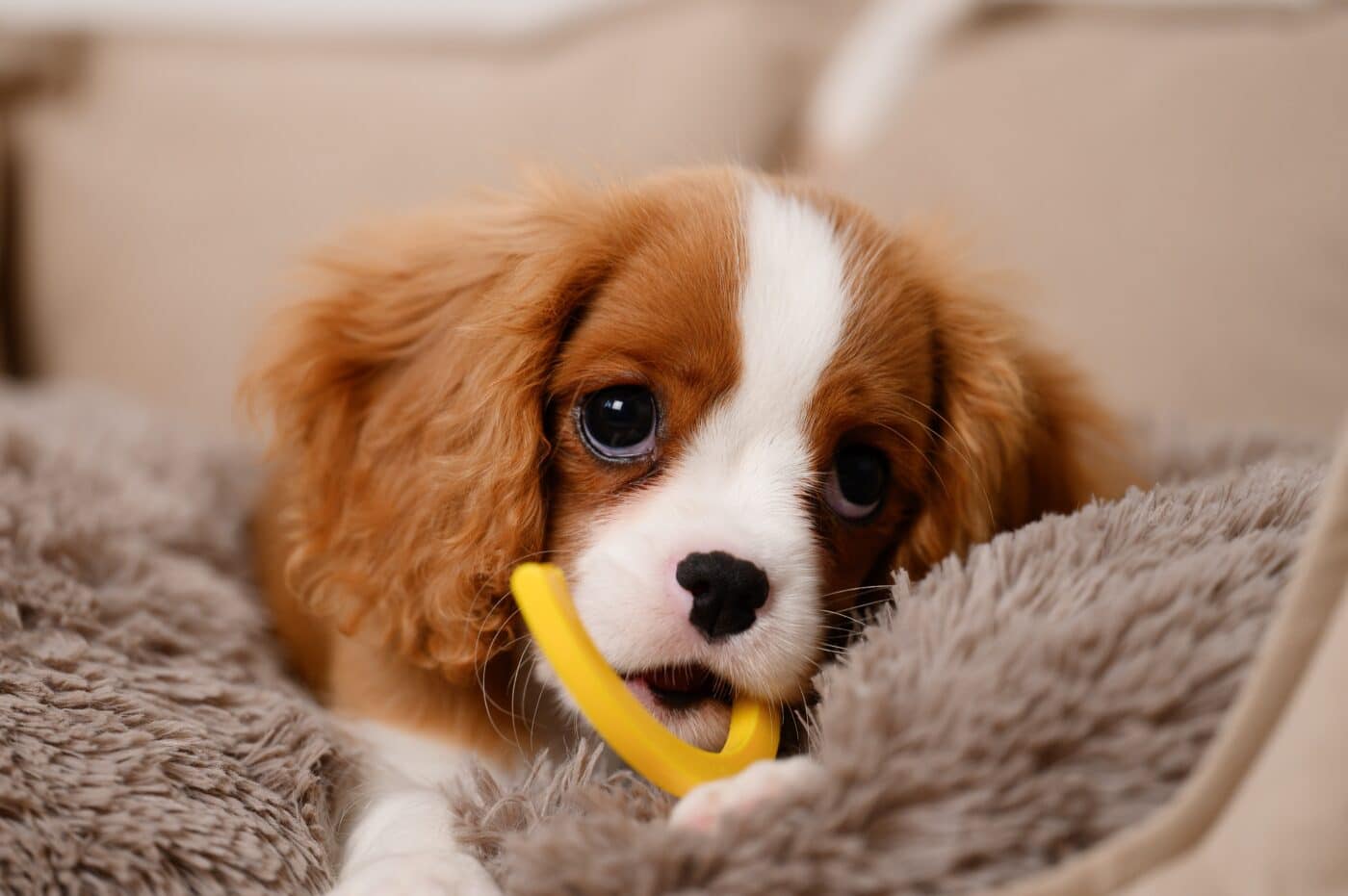 Shutterstock
Shutterstock
Some dogs are more active in the evening, but it’s essential to respect neighborhood quiet hours to avoid disturbing neighbors. Try to schedule play sessions or outdoor time during daytime hours and encourage calm behavior during the evening. If your dog tends to get a bit rowdy at night, bring them indoors and engage them in quiet activities. Sticking to quiet hours shows that you’re mindful of others’ comfort and ensures that your dog doesn’t disrupt the peace. A quiet, well-behaved dog during evening hours helps keep the neighborhood calm and pleasant for everyone.
Create Positive Associations with Neighbors
 Shutterstock
Shutterstock
Encourage your dog to see your neighbors as friends by creating positive associations. You can do this by letting neighbors give them treats or by allowing calm interactions during walks. These interactions help your dog feel comfortable around familiar faces and less inclined to bark or act defensively. If neighbors show interest, let them engage with your dog in a way that builds trust and reinforces good behavior. By building friendly connections with neighbors, your dog learns that new people bring good things, making them more welcoming and approachable.
Teach Boundaries with Children
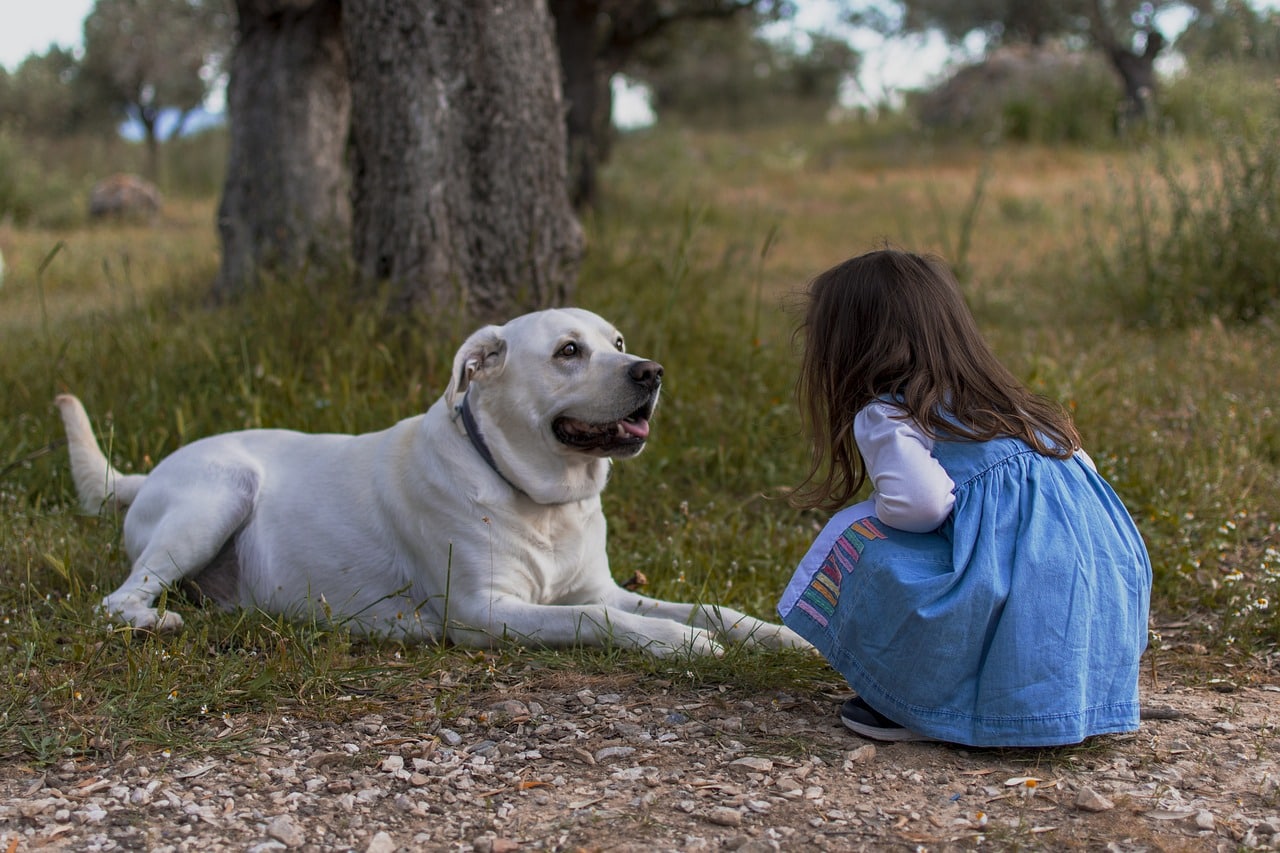 Shutterstock
Shutterstock
Not every child understands how to approach a dog, so teaching your dog to be gentle around children is essential for neighborhood harmony. If your dog is unfamiliar with kids, introduce them slowly, rewarding calm behavior and using positive reinforcement. Teach your dog to sit or stay when children are nearby to prevent them from becoming overly excited or scared. By setting boundaries and maintaining control, you help ensure that interactions between your dog and neighborhood children are safe and enjoyable for everyone. A dog who’s calm and respectful around children is always a welcome neighbor.
Educate Neighbors About Dog Etiquette
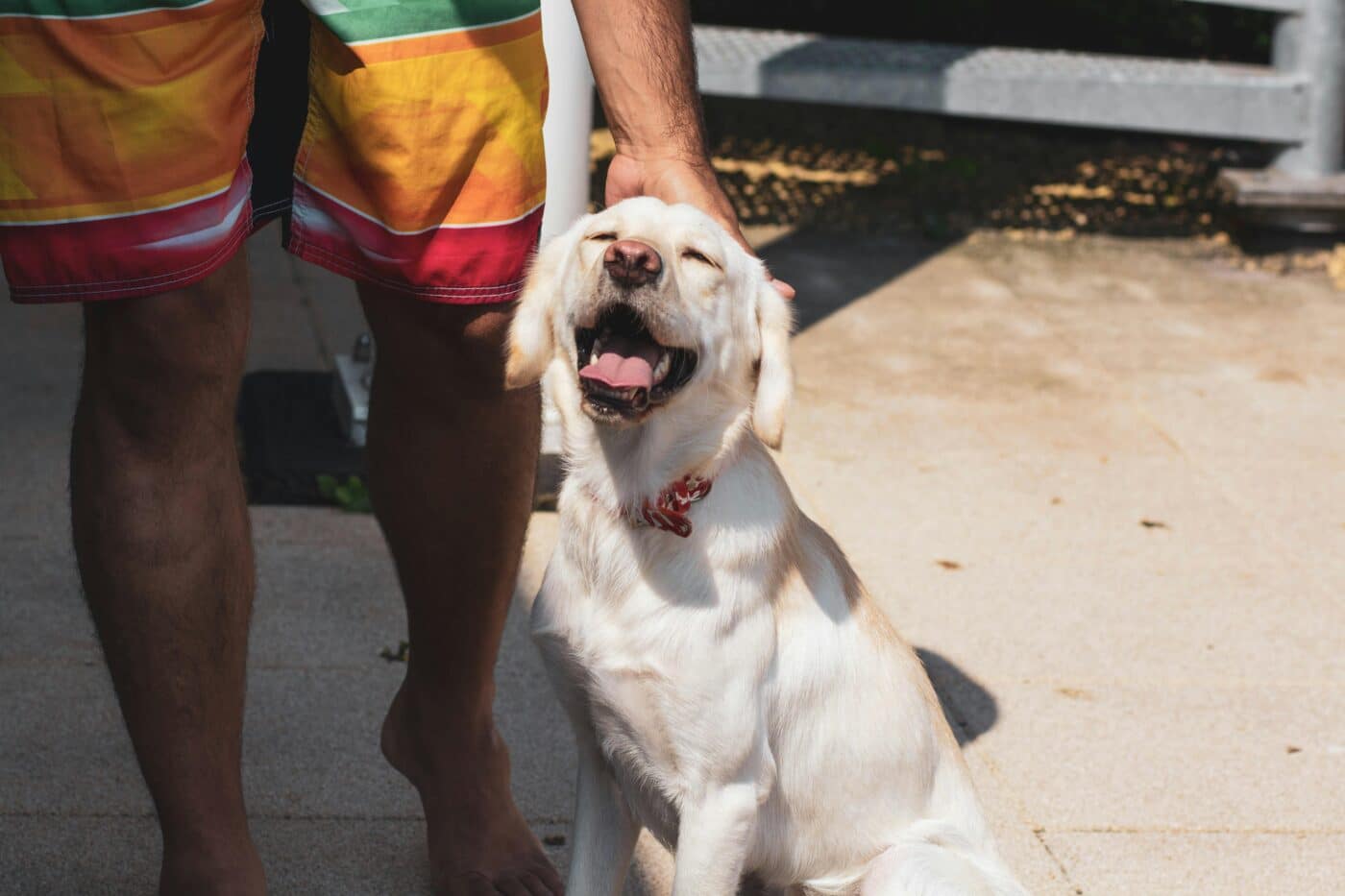 Shutterstock
Shutterstock
Sometimes, neighbors may unintentionally encourage behaviors in your dog that you’re working to curb, such as feeding them treats without permission. Politely communicating your dog’s boundaries and preferred interactions can go a long way in preventing confusion or misunderstandings. Explain to neighbors the commands you use or how you’d like them to respond if your dog jumps up. This way, they can support your training efforts rather than accidentally reinforcing unwanted behavior. Educating your neighbors on dog etiquette creates a cohesive, understanding environment where everyone’s expectations align, making it easier for your dog to be a friendly neighbor.
Paw-sitively The Best Neighbor On The Block
 Shutterstock
Shutterstock
Teaching your dog to be a friendly neighbor is about mutual respect, consistent training, and, of course, a few tasty treats. With patience and the right guidance, your dog can become the one everyone looks forward to seeing, enhancing the sense of community and bringing smiles to neighbors’ faces. So, grab that leash, practice some basics, and prepare for your pup to become the ultimate neighborhood star, bringing joy and harmony to all. A little effort goes a long way in making your dog a beloved presence on every block!
 Toledo, United States.
Toledo, United States.